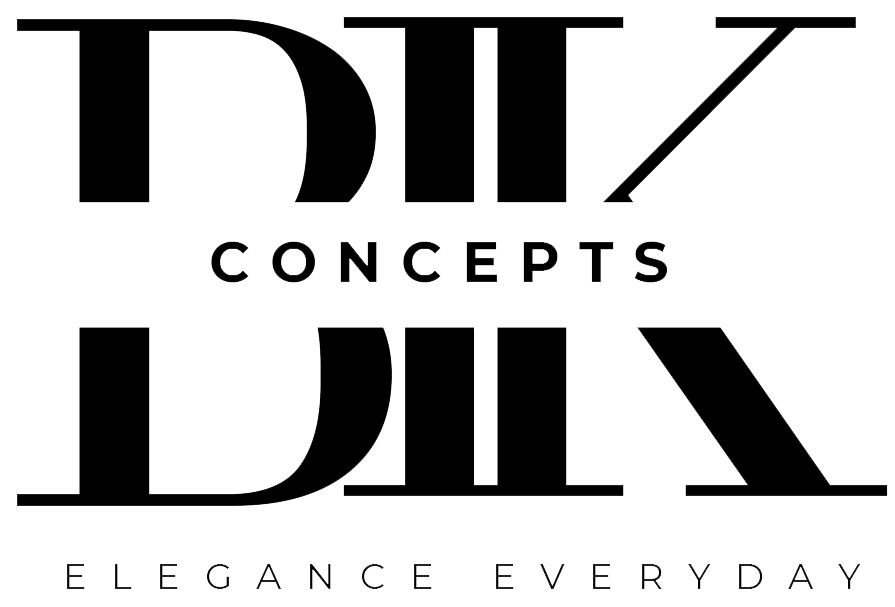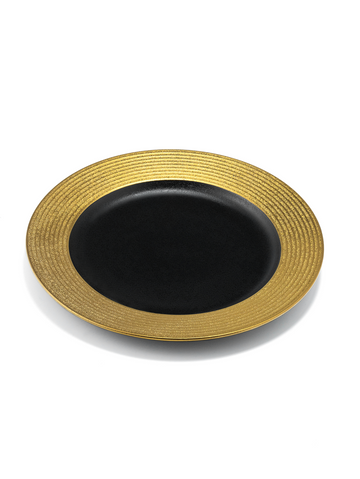As far as eating is concerned, desserts usually make the sweet finale. However, besides taste, dessert plating is also an important part of the memorable experience. We feel that an exquisitely garnished pastry makes a sweet treat a visual and sensory statement at BIK Concepts. Everything counts; be it the selection of plate and how the elements are arranged.
Why It Is Significant to Have Dessert Plating
Serving desserts is not just a question of Harmony yes and a piece of cake and / or some ice cream on the plate, but of creation which brings the experience of the general meals, to a higher level. The way in which we see the food can affect our interpretation of flavor, texture and even freshness. Thoughtfully presented dessert attracts one, creates palpations and leaves a memory of the last course.
It can be crafted at home creating a dinner party or a restaurant of any kind whether fine-dining, a cafe, or a simple cafe. The plating process itself demonstrates to the guests that it is as important as the main course to the host.
Selecting the appropriate Dessert Plates
It is important to display your masterpiece on the proper dessert dishes, as they will complement the size of the portion and its appearance.
The most recurrent question, nevertheless, is the dimension of a dessert platters. The serves of dessert are quite usually between 6 to 8 inches plates. This plate is large enough to accommodate the primary dessert plus the garnishes and sauces without the presentation being congested. The produce, however, depends also on the style of dessert:
- A single serving tart may be ideal on a small plate.
- A special cake made of chocolate mousse and various decorations might need more of a surface.
What size are dessert plates, you may wonder. In more casual places 7 inches is a standard choice. In fancier plating, the plate is a bit large to provide some space to be artistically creative with the swirls, sifted sugar or edible flowers.
Balancing Proportion and Composition
The dimensions of dessert plates have direct influence over the perception of the dessert. Too small, and coming out will be rather clustered. Excessive, and this might look small. What matters is proportion the dessert must not make the plate look stingy but not too large.
Composition is also an important part. A proper way to plate desserts takes the following into account:
- Balance: Arrange elements so there can be harmony of the colors, texture, and shapes.
- Negative space: Keep a few spaces on the plate to prevent the clutter effect and focus on the greater item.
- Flow: Lead the eye of the diner along in a natural way through one part to another.
Sections of Excellent Dessert Serving
To make your baked good look gorgeous on the plate, you should not only consider the important stuff. Adding complementary aspects of flavor and aesthetic may be used.
- Garnishes: Garnish with fresh fruit, edible flowers, chocolate curls or nuts to add texture and visual appeal.
- Sauces: 1-2 teaspoons of caramel, coulis or ganache enhance flavor and color.
- Height: Depth, such as layering or adding some vertical elements (such as spun sugar) creates depth.
These are not only details which make the plate more beautiful, but also help in creating the flavor profile of the dessert.
Functionality and Creativity meet
Although the creativity is paramount in plating the dessert, the factor of being practical should not be ignored. A plated dessert must be simple to consume and the garnishes and other sauces ought to be used only to enhance the serving. Plates must also be a sturdy dish that can cope with variations in temperature, in particular, hot-cold combinations such as warm brownies thrown with ice cream.
Other perceptions that can be affected are by color of plate used. White dessert plates are one of the eternal options because they support any color. But, dark plates can be used to add drama, and patterned design can add to a rustic or a themed presentation.
Desserts Plating as the contributor to the Guest Experience
Visual is king to present-day diners, and social media aggravates the significance of presentation. The dessert that looks good in photos will be more probable to be posted online, becoming the free advertisement of restaurants, bakeries or caterers. This has contributed to the dessert plating as an essential feature of the brand identity in the world of culinary arts.
BIK Concepts has made the process of serving desserts nothing more than decoration, rather it is a method of storytelling, the opportunity to sense the flavor, and the memory of the dining experience. Whether it is choosing the most appropriate desserts plates or comprehending the size of a dessert plate to suit each and every dessert creation, proper action leads into having every last course being aesthetically and gastro intestinally pleasing.







